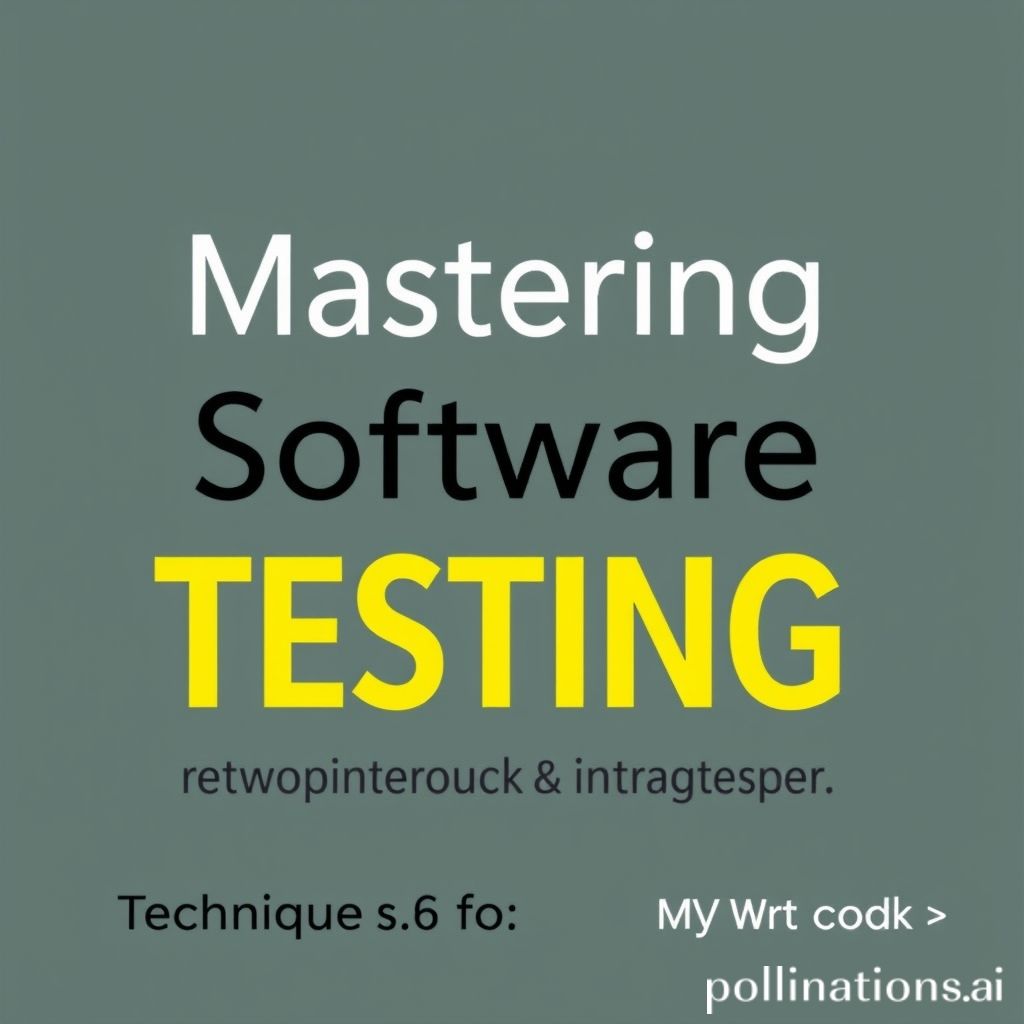
Mastering Software Testing: Techniques for Quality Assurance
Software testing is a critical aspect of the software development lifecycle that ensures applications meet specified requirements and function properly. Mastering software testing requires a comprehensive understanding of various techniques used for quality assurance. This article explores some of the fundamental techniques that can help improve your software testing practices.
1. Unit Testing
Unit testing focuses on individual components or modules of a software application to validate that each part functions correctly. It is usually performed by developers during the coding phase and helps catch bugs early in the development process. Key benefits of unit testing include:
- Early detection of bugs
- Facilitates code changes and refactoring
- Improves code reliability
2. Integration Testing
After unit testing, integration testing is employed to verify that different components or systems work together as intended. This testing technique reveals interface defects between integrated components. There are various approaches to integration testing, including:
- Top-Down Integration Testing
- Bottom-Up Integration Testing
- Sandwich Testing (a combination of both)
3. Functional Testing
Functional testing evaluates the software against the functional requirements outlined in the specifications. This technique ensures that the application behaves as expected. Functional testing can be categorized into:
- Smoke Testing
- Sanity Testing
- Regression Testing
4. Performance Testing
Performance testing is essential to evaluate the speed, scalability, and stability of an application under load. This technique helps identify bottlenecks and ensures the software can handle anticipated workloads. Common types of performance testing include:
- Load Testing
- Stress Testing
- Endurance Testing
5. User Acceptance Testing (UAT)
User Acceptance Testing is the final testing phase before the software is deployed. It involves real users validating that the software meets their expectations and requirements. This stage is crucial in gaining user feedback and ensures that the application is ready for production. Key aspects of UAT include:
- Involvement of end-users
- Real-world scenarios execution
- Validation of functional and non-functional requirements
6. Automation Testing
Automation testing employs specialized tools to execute tests automatically, making it faster and more efficient than manual testing. It is particularly beneficial for repetitive tasks and regression tests. Automation can enhance testing in various ways:
- Increased test coverage
- Faster feedback cycles
- Consistent and repeatable results
Conclusion
Mastering software testing is essential for delivering high-quality applications. By employing various techniques such as unit testing, integration testing, functional testing, performance testing, user acceptance testing, and automation testing, developers can significantly improve the quality assurance process. Continuous learning and adaptation of testing methodologies will lead to more robust software and enhanced user satisfaction.
